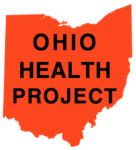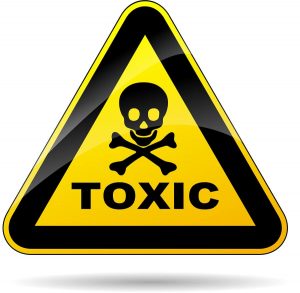- Like
- Digg
- Del
- Tumblr
- VKontakte
- Buffer
- Love This
- Odnoklassniki
- Meneame
- Blogger
- Amazon
- Yahoo Mail
- Gmail
- AOL
- Newsvine
- HackerNews
- Evernote
- MySpace
- Mail.ru
- Viadeo
- Line
- Comments
- Yummly
- SMS
- Viber
- Telegram
- Subscribe
- Skype
- Facebook Messenger
- Kakao
- LiveJournal
- Yammer
- Edgar
- Fintel
- Mix
- Instapaper
- Copy Link
Update: Terribly sad news: Memorial to April Pierson-Keating, Founder of the Mountain Lakes Preservation Alliance
A posting on April’s Facebook page says: We will celebrate April’s life and acknowledge her tireless work on Friday, October 18, 2018 from 4 p.m. – 9 p.m. at the Buckhannon Opera House, 12 E Main St, Buckhannon, WV 26201.
Come when you can, leave when you must. Refreshments will be provided. Everyone will have an opportunity to share memories. Please bring local or special water for a blending ceremony if you would like to participate.
—
This is a guest blog by April Keating, with Mountain Lakes Preservation Alliance. April saw one of five videos about the Appalachian Storage Hub that Ohio University student Even Gilland, with assistance from OVEC organizer Alex Cole, worked like mad to produce during a six-week summer internship. Here are April’s comments:
Very good.
I would add information about the radium-226 in the shale. This radionuclide is released by the salts that are released by the chemicals injected.
Radium is a daughter element of uranium, along with lead and radon gas. These are all highly toxic to living things. What’s worst about radium-226 is it is water-soluble, has a half-life of 1600 years, and causes breast, bone, and blood cancers. Radium-226 is inherent in shale, and in shale gas and the liquids that are released after drilling as “flowback water.”
Millions of gallons of this toxic radium-laden water have made their way onto our roads in water trucks that are not marked as hazardous because of the Energy Policy Act of 2005, aka the “Halliburton Loophole.” This loophole, authored by Dick Cheney when he was VP, after coming to that office from being CEO of Halliburton (gas drilling company), makes all liquids produced by gas drilling exempt from regulations such as the Clean Air Act, Clean Water Act, Safe Drinking Water Act, and more. This means these liquids are regarded, even by our Office of Emergency Management, as “not technically hazardous.”
This is a horrendous situation in which we find ourselves. Many third-party truckers will go off on a back road and dump this highly toxic water into small streams; sometimes it makes its way to injection wells where it then migrates into drinking water through the fissures created by the high pressure needed to inject these fluids underground. It has been found in Pittsburgh’s water, and ours.
In fact, radium-226 may be one of the most common elements now found because of the unregulated fracking that’s been going on for over a decade. This is one of the greatest threats to our water, and the reason why it is so important to know and understand this fact, and to stop fracking.
Another reason the plastics hub (the Appalachian Storage Hub/petrochemical complex) is a terrible idea (besides the toxification of our water, air, and soil for profit) is that the two biggest processors of recycled plastic, India and China, no longer take our plastic. We will soon be buried in it. Every piece of plastic ever produced since the 1950s is still with us, found in ocean creatures that move up the food chain to humans, and even kill thousands of sea creatures every year because they are mistaken for food. If you haven’t yet, you should look into the Pacific Garbage Patch. It is a plastic island the size of France.
The last reason we should not make Appalachia into a petrochemical hub is because this area is populated with people who do need jobs, and who stand no chance of protecting themselves against an industry that poses as their friend, giving them jobs that kill them, exposing them to things they haven’t been told about, ruining local water supplies and making some areas uninhabitable. Fracking is the hoodwink of the century, and it is killing us.










